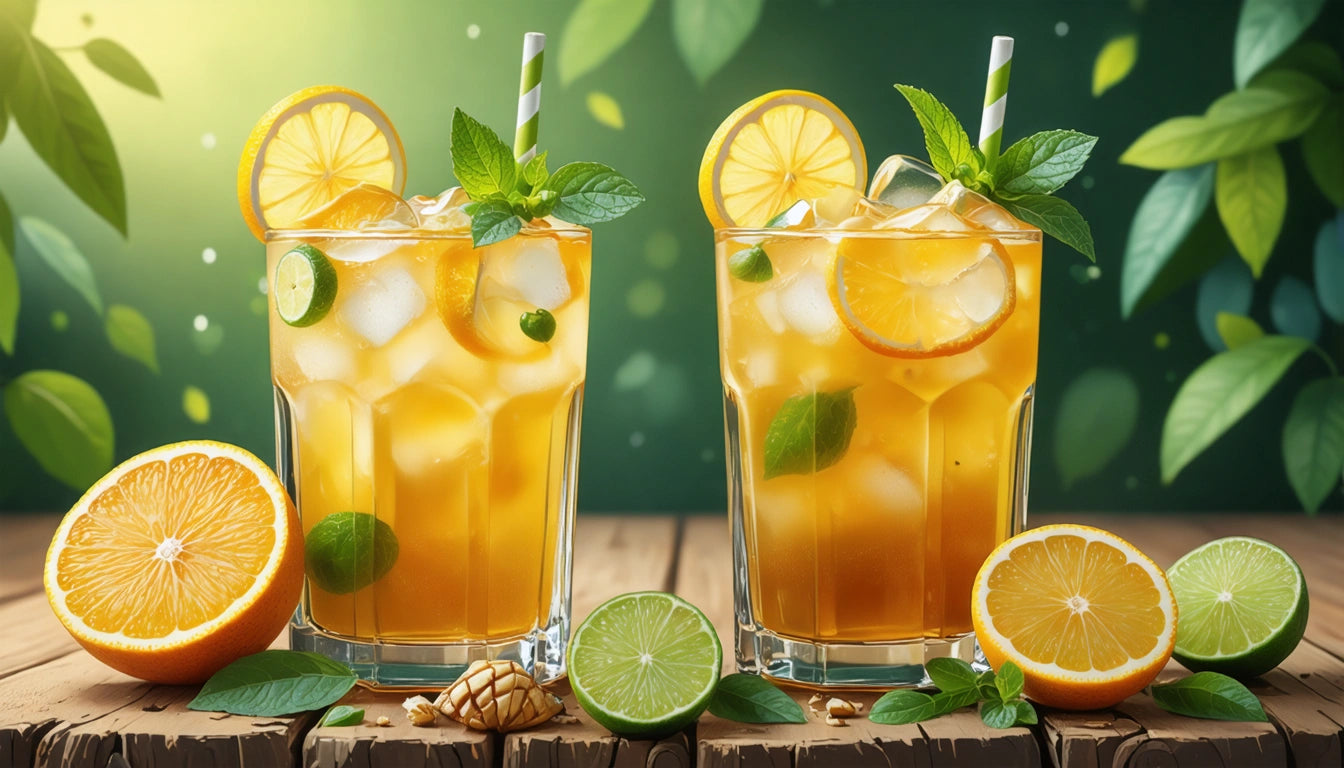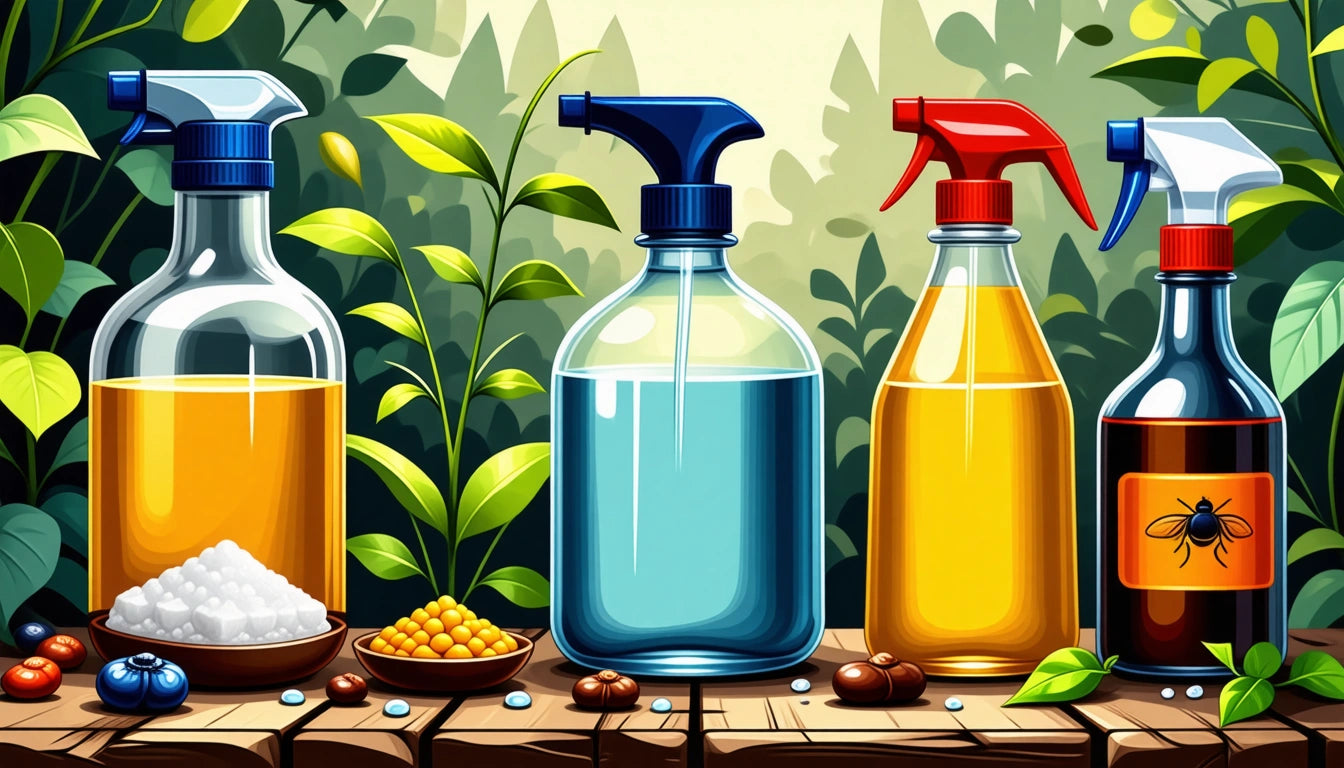Table of Contents
- Fundamentals of Infusion: Understanding the Process
- Essential Equipment for Creating Infused Beverages
- Popular Infusion Techniques for Beverages
- How to Infuse Alcohol: Methods and Tips
- Creating Non-Alcoholic Infused Drinks
- Flavor Combinations and Ingredient Pairings
- Storage and Preservation of Infused Beverages
- Future Infusion Trends: What's Next in Craft Beverages
Mastering the Art of Infused Beverages: A Guide to Creating Flavorful Drinks
Infused beverages have become increasingly popular among culinary enthusiasts and home mixologists looking to create unique, flavorful drinks. Learning how to make infused drinks allows you to customize flavors, experiment with ingredients, and impress guests with signature concoctions. This comprehensive guide will walk you through everything you need to know about infusion techniques, equipment, and flavor combinations.
Fundamentals of Infusion: Understanding the Process
At its core, infusion is the process of extracting flavors, colors, and properties from one ingredient into a liquid medium. When you learn how to infuse, you're essentially creating a flavor transfer that can transform ordinary beverages into extraordinary experiences. The science behind infusion involves the dissolution of flavor compounds into your base liquid, whether that's alcohol, water, oil, or another carrier.
The infusion process typically requires three elements:
- A flavor source (herbs, fruits, spices, etc.)
- A carrier liquid (alcohol, water, oil, etc.)
- Time for extraction to occur
Temperature also plays a crucial role in how efficiently and effectively the infusion process works. Heat can accelerate extraction, while cold infusion tends to preserve more delicate flavors but requires more time.
Essential Equipment for Creating Infused Beverages
To successfully create infused beverages, you'll need some basic equipment:
Basic Tools
- Glass jars or bottles with tight-fitting lids
- Fine mesh strainers or cheesecloth
- Funnels for transferring liquids
- Measuring cups and spoons
- Muddler for crushing ingredients
Advanced Equipment
- Sous vide machine for precise temperature control
- Vacuum sealer for rapid infusion
- iSi whippers for quick infusions
- Dehydrator for preparing dried ingredients
For those creating herbal or botanical infusions, proper humidity control products can help maintain the freshness and potency of your ingredients before the infusion process begins, ensuring optimal flavor extraction.
Popular Infusion Techniques for Beverages
Cold Infusion
Cold infusion involves steeping ingredients in liquid at room temperature or in the refrigerator. This method is ideal for delicate flavors that might be damaged by heat, such as fresh herbs, citrus, and berries. While it takes longer (typically 24-72 hours), cold infusion often produces cleaner, brighter flavors.
Hot Infusion
Hot infusion uses heat to speed up the extraction process. This method works well for hardy ingredients like spices, roots, and woody herbs. The higher temperature helps break down cell walls more quickly, releasing flavors in a matter of minutes or hours rather than days.
Rapid Infusion
Modern techniques like using a cream whipper with N2O charges can create infusions in minutes rather than days. This method is perfect for quick experimentation and last-minute preparations.
How to Infuse Alcohol: Methods and Tips
Learning how to infuse alcohol opens up a world of possibilities for custom cocktails and liqueurs. Alcohol is an excellent solvent for extracting flavor compounds, especially those that aren't water-soluble.
Step-by-Step Process
- Choose a neutral spirit (vodka) for pure flavor or a complementary spirit (rum, whiskey) for layered flavors
- Prepare your flavoring ingredients by washing, chopping, or muddling
- Combine ingredients and alcohol in a clean glass container
- Seal tightly and store in a cool, dark place
- Shake gently once daily to distribute flavors
- Taste test periodically until desired flavor intensity is reached
- Strain thoroughly using fine mesh or coffee filters
- Bottle in clean containers
Popular alcohol infusions include vanilla vodka, berry-infused rum, and spiced whiskey. For a comprehensive approach to infusing other bases, check out this guide on infusing coconut oil, which demonstrates similar principles that can be applied to various carriers.
Creating Non-Alcoholic Infused Drinks
Non-alcoholic infusions have gained popularity as more people seek sophisticated flavor experiences without alcohol. Water, tea, and simple syrups make excellent bases for non-alcoholic infusions.
Water Infusions
Fruit and herb-infused waters offer refreshing alternatives to plain water. Simply combine clean, cut fruits, herbs, or cucumbers with filtered water and refrigerate for 2-24 hours. For example, cucumber-mint, strawberry-basil, and citrus-rosemary make delicious combinations.
Syrup Infusions
Infused simple syrups can add complex flavors to any beverage. Create a 1:1 ratio of sugar and water, heat until dissolved, then add your flavoring ingredients and simmer gently. Strain once cooled. These syrups can be used in coffee, tea, mocktails, or even drizzled over desserts.
For those interested in plant-based options, understanding hemp-infused beverages provides valuable insights into this growing category of functional drinks.
Flavor Combinations and Ingredient Pairings
Successful infusions often rely on complementary flavor profiles. Here are some proven combinations:
- Citrus + Herbs: Lemon-thyme, orange-rosemary, grapefruit-basil
- Fruit + Spice: Strawberry-black pepper, pear-cinnamon, peach-ginger
- Floral + Fruit: Lavender-lemon, rose-raspberry, hibiscus-orange
- Savory Infusions: Cucumber-dill, tomato-basil, carrot-turmeric
When creating infused honey for sweetening beverages, this step-by-step guide offers excellent techniques that can be adapted for various flavor infusions beyond cannabis.
Storage and Preservation of Infused Beverages
Proper storage is crucial for maintaining the quality and safety of your infused creations:
- Alcohol infusions can typically be stored at room temperature for months or even years
- Non-alcoholic infusions should be refrigerated and consumed within 1-2 weeks
- Syrup infusions can last 1-2 months when refrigerated in airtight containers
- Always use clean tools and containers to prevent contamination
- Label all infusions with ingredients and creation dates
For comprehensive information on creating various infused products and their preservation, this guide on infused products provides valuable insights applicable to many types of infusions.
Future Infusion Trends: What's Next in Craft Beverages
The world of infused beverages continues to evolve with exciting innovations on the horizon:
- Functional infusions incorporating adaptogens and nootropics for wellness benefits
- Sustainability-focused infusions using upcycled ingredients and zero-waste techniques
- Regional and terroir-driven infusions highlighting local botanical profiles
- Science-backed infusion methods utilizing ultrasonic technology and molecular techniques
- Cross-cultural flavor explorations bringing global ingredients to local beverages
As consumers become more adventurous and health-conscious, the art of how to make infused drinks will continue to expand beyond traditional boundaries. By mastering the fundamentals outlined in this guide, you'll be well-equipped to experiment with new techniques and create your own signature infused beverages that delight the senses.
For those interested in exploring more complex infusions, this comprehensive guide to infused edibles and beverages offers advanced techniques that can elevate your infusion skills to the next level.











Leave a comment
All comments are moderated before being published.
This site is protected by hCaptcha and the hCaptcha Privacy Policy and Terms of Service apply.